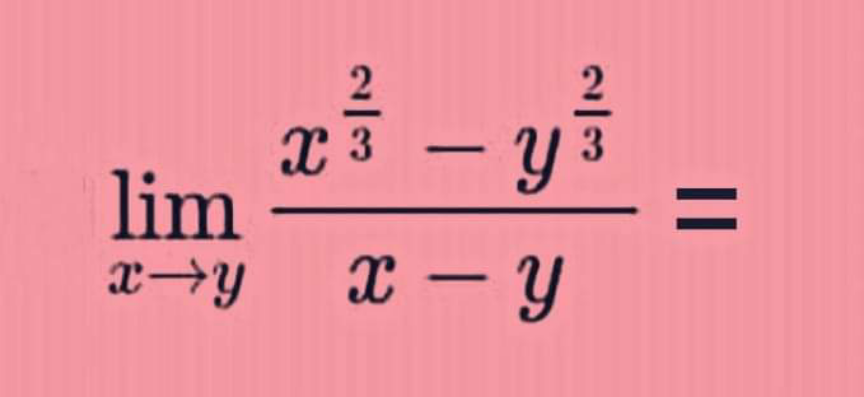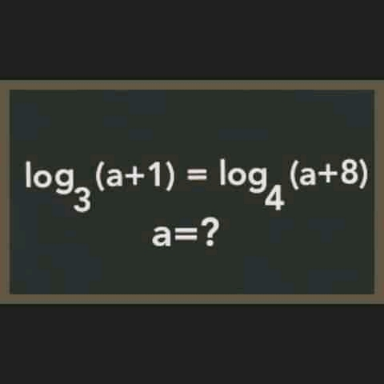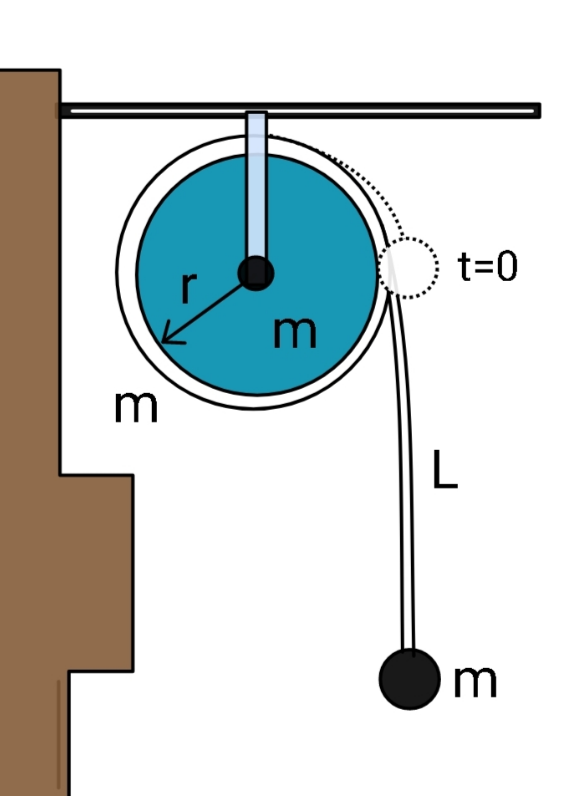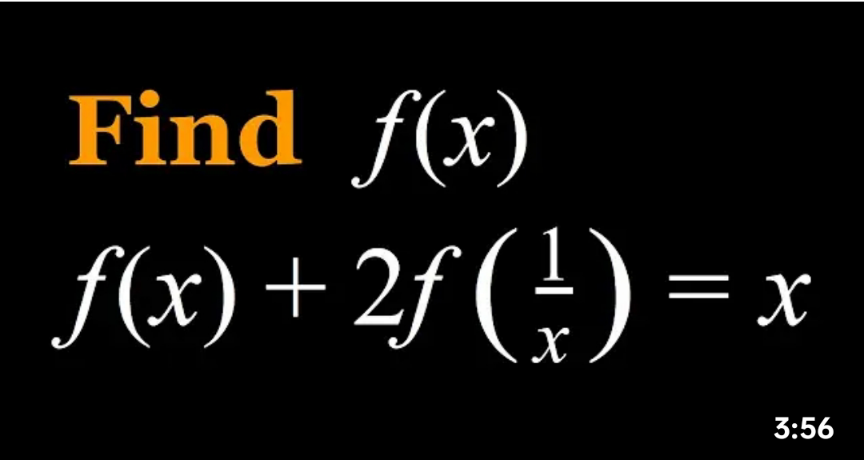
AllQuestion and Answers: Page 605
Question Number 158894 Answers: 0 Comments: 1

Question Number 158893 Answers: 1 Comments: 0

Question Number 158884 Answers: 1 Comments: 0

Question Number 158883 Answers: 1 Comments: 4

Question Number 158886 Answers: 0 Comments: 1

Question Number 158878 Answers: 0 Comments: 0

Question Number 158874 Answers: 2 Comments: 1

Question Number 158873 Answers: 0 Comments: 0

Question Number 158870 Answers: 0 Comments: 1

Question Number 158869 Answers: 0 Comments: 2
Question Number 158862 Answers: 1 Comments: 0

Question Number 158863 Answers: 0 Comments: 0

Question Number 158858 Answers: 0 Comments: 0
Question Number 158855 Answers: 1 Comments: 0
Question Number 158847 Answers: 1 Comments: 0

Question Number 158843 Answers: 2 Comments: 2

Question Number 158839 Answers: 2 Comments: 0
Question Number 158823 Answers: 0 Comments: 0

Question Number 158822 Answers: 1 Comments: 0
Question Number 158833 Answers: 1 Comments: 0
$${what}\:{is}\:\mathrm{1}\frac{\mathrm{1}}{\mathrm{2}}\% \\ $$
Question Number 158829 Answers: 1 Comments: 2
Question Number 158827 Answers: 1 Comments: 0
$${resolve}\:\int\mathrm{ln}\:\left(\mathrm{cos}\:{x}\right){dx} \\ $$
Question Number 158816 Answers: 0 Comments: 0
Question Number 158814 Answers: 2 Comments: 0
Question Number 158813 Answers: 0 Comments: 0
Question Number 158812 Answers: 0 Comments: 0

Pg 600 Pg 601 Pg 602 Pg 603 Pg 604 Pg 605 Pg 606 Pg 607 Pg 608 Pg 609
